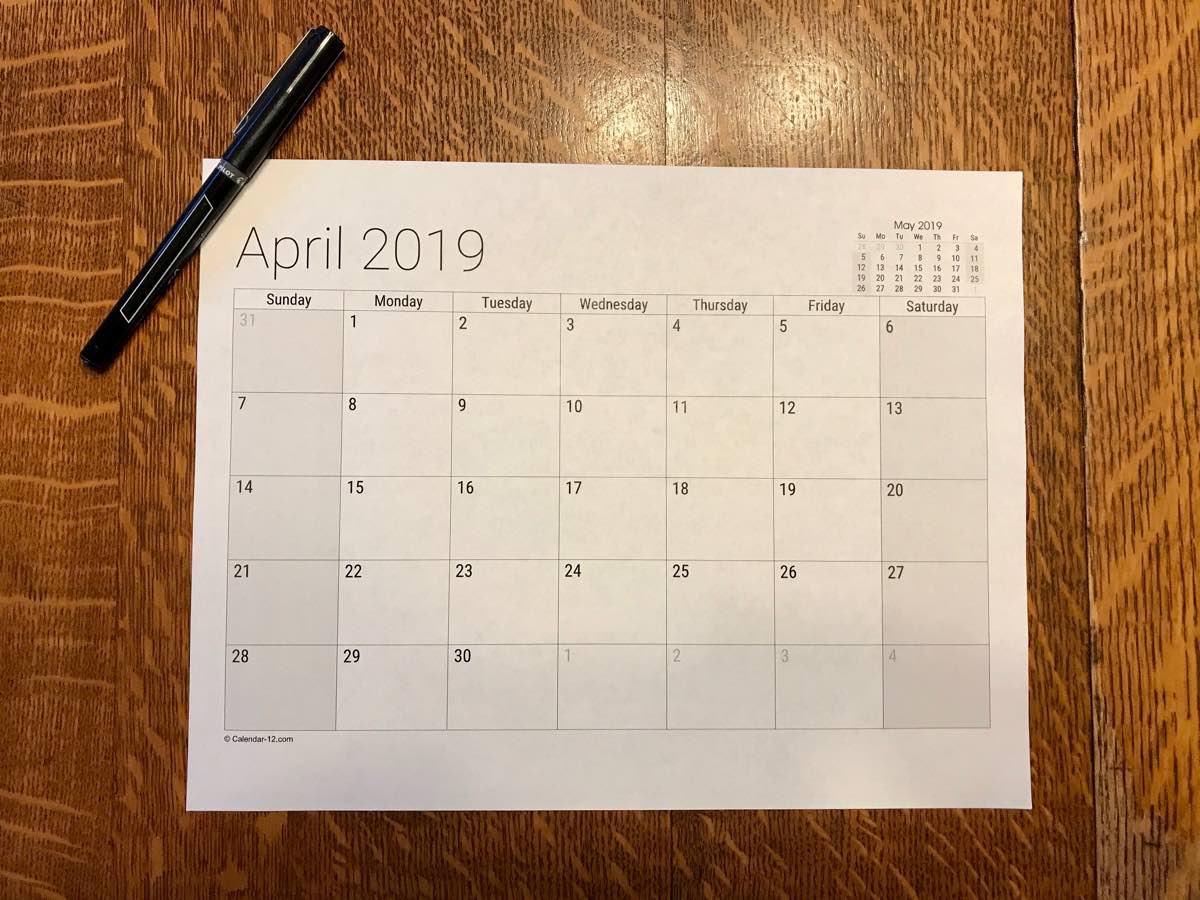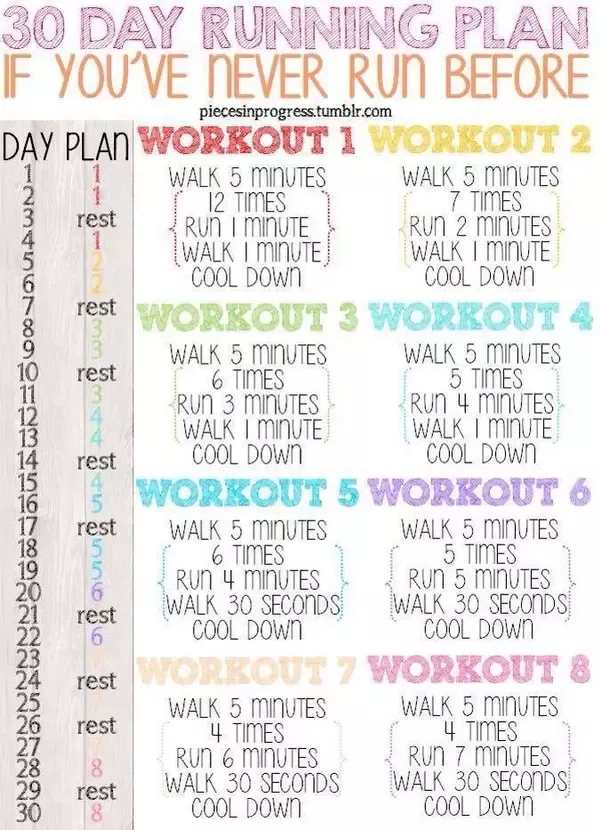How To Build Your Own Training Plan For Running
To build your own training plan for running, set clear goals and choose distinct workouts. Tailor intensity and volume based on your fitness level and objectives.
Embarking on a running journey requires a structured approach that accommodates your current fitness level and goals. By creating a personalized training plan, you can effectively progress towards increased endurance and performance. Setting clear objectives and selecting suitable training sessions will help you stay motivated and track your progress over time.
This comprehensive guide will outline the key steps involved in constructing a tailored training plan that aligns with your specific needs and aspirations. Whether you are a beginner looking to improve your endurance or a seasoned runner aiming for a new personal best, a customized training program is essential for success in your running endeavors.

Credit: p3r.org
Setting Goals
Learn how to create your own personalized training plan for running and set achievable goals. Develop a plan that works specifically for you, helping you improve your running performance and reach your targets.
Defining Your Running Goals
When it comes to building a training plan for running, setting clear and achievable goals is essential. By defining your running goals, you can tailor your training plan to your specific objectives and stay motivated throughout the process.
Begin by identifying what you hope to achieve through your running training. Whether it’s completing a 5K race, improving your pace, or increasing your overall endurance, having a clear vision of your goals will guide your training plan.
Consider the SMART criteria when defining your running goals. This means ensuring they are specific, measurable, achievable, relevant, and time-bound. For example, instead of a vague goal like “improve my running,” a SMART goal would be “run a 10K race in under 50 minutes within six months.”
Setting A Timeline
Setting a timeline for your running training plan is crucial in order to track your progress and stay on schedule. Once you’ve established your running goals, it’s important to create a realistic timeline that aligns with your objectives.
Start by breaking down your long-term goal into smaller milestones. For instance, if your goal is to complete a half marathon in six months, you could set interim targets such as increasing your weekly mileage or improving your race pace over the course of each month.
By establishing a timeline with specific milestones, you can monitor your progress and make adjustments to your training plan as needed. This approach will help you stay motivated and accountable throughout your running journey.
Assessing Your Current Fitness Level
Assessing Your Current Fitness Level:
Measuring Your Baseline Fitness
Start by timing how long it takes to run a mile at your fastest pace.
Create a record of how many push-ups and sit-ups you can do in one minute.
Measure your flexibility by performing basic stretches and noting any limitations.
Identifying Strengths And Weaknesses
- Determine what aspects of running you excel in.
- Pinpoint areas that need improvement to avoid injury and enhance performance.
- Use a running journal to track your progress and setbacks.
Choosing The Right Training Program
Exploring Different Training Methods
When building your running training plan, it’s essential to explore a variety of training methods.
- Interval Training
- Long Slow Distance (LSD) Runs
- Tempo Runs
- Hill Repeats
Considering Your Schedule And Lifestyle
Aligning your training plan with your schedule and lifestyle is crucial for success.
- Determine how many days per week you can commit to training.
- Factor in rest days to prevent overtraining and injury.
- Choose the time of day that works best for your energy levels.
Flexibility is key when choosing a training program to ensure it fits seamlessly into your routine.

Credit: www.livefortheoutdoors.com
Designing Your Training Schedule
When it comes to achieving your running goals, designing a personalized training schedule is essential. Your training plan should be tailored to your specific fitness level, goals, and schedule to help you steadily progress and avoid injury. Below, we’ll explore the key aspects of designing your training schedule for running.
Determining Weekly Mileage
Determining your weekly mileage is a crucial step in creating your training plan. Beginners may start with a lower mileage, while experienced runners may aim for higher weekly distances. It’s vital to gradually increase mileage to prevent overexertion and reduce the risk of injury.
Incorporating Rest And Recovery Days
Incorporating rest and recovery days into your training plan is essential for allowing your body to heal and recuperate. Rest days help reduce the risk of overtraining and can improve overall performance. Active recovery such as walking or light cross-training can also be beneficial on these days.
Tracking Progress And Making Adjustments
Tracking your progress is an essential part of building your own training plan for running. It allows you to see how far you’ve come and identify areas for improvement. When it comes to tracking progress, using GPS and fitness trackers can be incredibly beneficial. These tools provide valuable data on your distance, pace, and heart rate, giving you insights into your performance. Let’s explore how you can leverage these technologies to optimize your training plan.
Using Gps And Fitness Trackers
GPS and fitness trackers have revolutionized the way we track and analyze our running performance. These devices use satellite positioning to accurately measure your distance and route. By wearing a fitness tracker, you can monitor your heart rate, calories burned, and even sleep patterns, providing a comprehensive overview of your fitness journey.
When using GPS and fitness trackers, it’s essential to choose a reliable device that suits your needs and preferences. Popular options include Garmin, Fitbit, and Apple Watch. These devices often come with user-friendly apps that sync seamlessly with your smartphone, allowing you to view your running data in real-time.
Before you start using a GPS or fitness tracker, it’s crucial to set up your profile and ensure accurate measurements. Enter your age, weight, and height into the device settings to get the most precise data possible.
Modifying The Plan As Needed
Creating a training plan is just the starting point – you must also be prepared to make adjustments along the way. As you progress in your training, your fitness level will improve, and your body will adapt. Therefore, it’s essential to modify your plan to continue challenging yourself and avoid plateauing.
There are several factors to consider when modifying your training plan:
- Your goals: If you’re training for a specific race or event, your plan may need to be adjusted accordingly. Focus on incorporating speed workouts, long runs, and rest days strategically to peak at the right time.
- Injury prevention: If you experience pain or discomfort during your training, it’s crucial to listen to your body. Modify your plan to incorporate more cross-training or rest days to allow for recovery.
- Time constraints: Life can sometimes get in the way of training. If you find yourself short on time, adjust your plan by prioritizing key workouts and finding creative ways to fit in shorter runs.
- Progression: As you gain strength and endurance, gradually increase the intensity and duration of your workouts. This progression will ensure continued improvement and prevent stagnation.
Ultimately, your training plan is a flexible tool that should adapt to your needs and goals. Monitor your progress, listen to your body, and don’t be afraid to make adjustments along the way. Remember, consistency and perseverance are key to achieving your running goals.

Credit: www.runnersloveyoga.com
Frequently Asked Questions For How To Build Your Own Training Plan For Running
How Long Should My Training Plan Be?
Your training plan should typically span 8-12 weeks depending on your fitness level and running goals.
What Elements Should I Include In My Training Plan?
Your training plan should have a mix of distance runs, speed workouts, cross-training, rest days, and easy runs to improve your running performance.
How Do I Set Realistic Goals For My Training Plan?
Set SMART goals (Specific, Measurable, Achievable, Relevant, Time-bound) that challenge you without overwhelming you. Consider your current fitness level and previous running experience.
Conclusion
Creating a personalized training plan for running is essential. By following the step-by-step process outlined in this guide, you can tailor your training to your specific needs and goals. With consistency and dedication, you can achieve significant progress in your running performance.
Embrace the journey and enjoy the improvements along the way.






